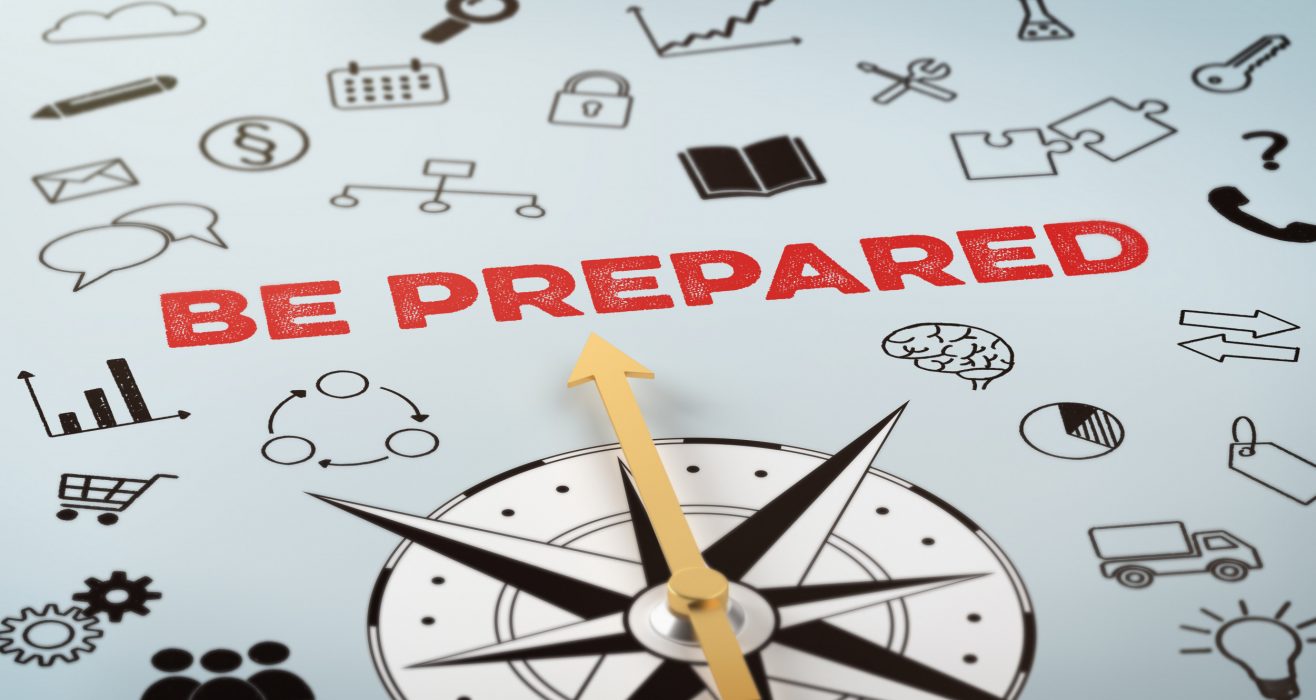
By David C. Rhoa
Originally featured in SBAM’s Focus Magazine
Recently, I was speaking with a small business owner about the state of the economy and his concerns about where the economy might be in the next six to twelve months and its potential impact on his small business.
The owner said, “I’m normally a very optimistic person, but I have significant concerns about my company’s ability to weather more upheaval as we’re just now emerging from all of the issues related to COVID-19 and the government-ordered shutdown.”
I replied, “Ready the lifeboat!” He gave me a strange look and replied, “I said I was concerned. I didn’t say I was giving up!”
I retorted, “Getting the lifeboat ready is not about giving up. It’s about planning to survive.”
As business owners, we spend thousands—sometimes tens of thousands—of dollars protecting our organizations with insurance products. If a company vehicle is in an accident, we have automobile coverage. If the warehouse burns to the ground, it is rebuilt with proceeds from fire or casualty insurance. We might even carry business interruption insurance to compensate us for losses resulting from external events.
As effective as insurance can be for covering costs due to accident or a loss event, it does not provide coverage for contraction of the economy, the downsizing of a customer or the loss of a key vendor. So how do we address these vulnerabilities? Planning!
I call this type of planning “Lifeboat Planning.”
At first blush, Lifeboat Planning appears fatalistic. I assume it is because lifeboats are used when the order is given to abandon ship. But lifeboats are not about giving up; they are about surviving. Lifeboat Planning involves evaluating key areas of your business and taking appropriate action before an economic event occurs so you can survive.
It is, in the end, a life affirming exercise. Lifeboat Planning is about consciously making the choices necessary to ensure your company’s survival before an event occurs. In other words, you are planning to survive.
There is no static formula for a Lifeboat Plan, but there are three key components to consider:
Identification of strategic objectives before, during and after an event.
A SWOT analysis (Strengths, Weaknesses, Opportunities, Threats) from key employees as to the company’s ability to achieve the stated objectives.
A strategic review of all assets and liabilities that may be available, or may need to be adjusted, augmented
or abandoned.
Once created, the Lifeboat Plan can be implemented by management, in full or in part, under a variety of circumstances.
The company realizes or anticipates a reduction in sales revenue of x percent (where “x” is determined by management).
A key customer (or group of customers) or key vendor indicates that they are responding to a specific event or economic condition.
The company experiences instability or a specific event that interrupts normal operations.
The Lifeboat Plan is not a static document. It should be reviewed by management at least annually and evolve as needed to ensure it is still relevant across all components.
Properly completed, the Lifeboat Plan may serve as a marketing tool for key customers, creditors or insurance carriers. The Lifeboat Plan can offer assurance to key constituents that you have a well-crafted plan to address the challenges and potential uncertainties you face.
Now ready the lifeboat, and plan to survive!
David C. Rhoa, a serial entrepreneur, is the owner of D2R Consulting and is a visiting Associate Professor of Economics and Business at Kalamazoo College. David is a past Board Chair for SBAM. He can be reached at dcrhoa@outlook.com.